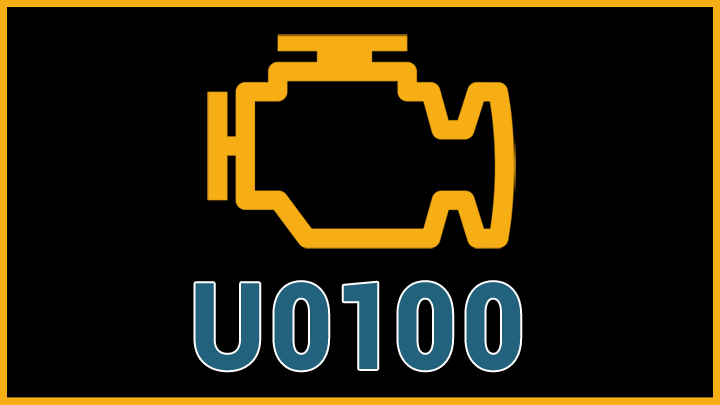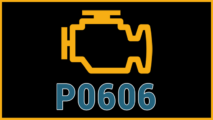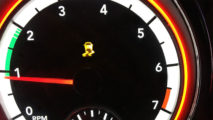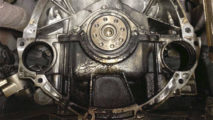Last Updated on August 5, 2022
As motorists are well aware, the sudden illumination of a vehicle’s check engine light typically indicates an of one sort or another. In fact, a check engine light serves as a visual cue, signaling the storage of one or more fault codes, by a vehicle’s PCM.
These fault codes often identify the vehicle system that had been affected by a particular failure, by giving a very generic description of the problem at hand.
However, there are also rare instances when the illumination of a check engine light indicates the inability of one or more of a vehicle’s control modules to communicate within the data-bus system itself.
This scenario is perhaps best illustrated by discussing diagnostic fault code U0100. This trouble code describes a condition in which a vehicle’s PCM is unable to receive/relay data to and from another OBD-II compliant module. This has the potential to cause a wealth of problems, varying significantly in severity.
Read on to learn more about diagnostic fault code U0100, as well as how to address such issues, should they be encountered in the future.
What Does Code U0100 Mean?
Diagnostic fault code U0100 is indicative of a loss in communication between a vehicle’s PCM/ECM, and one or more corresponding modules within the CAN-bus network. However, to fully understand the gravity of this situation, we must first analyze the operation of the modern CAN-bus network itself.
Today’s vehicles rely upon the use of a highly sophisticated network of computer modules and sensors to facilitate proper operation. A single vehicle can feature numerous control modules, all of which must be capable of communicating with each other in real-time.
This live communication allows multiple vehicle systems to operate harmoniously. For example, a vehicle’s transmission control module relies upon data from the ECM/PCM, when determining correct shift points. Likewise, modern vehicle stability systems require access to ECM/PCM data when attempting to break a car or truck’s skid.
In the case of DTC U0100, communication within the CAN-bus network has been interrupted, thereby compromising critical vehicle functions. As a result, vehicle operation is severely hindered or made impossible altogether.
See Also: P0606 Code, U0001 Code, U0073 Code, U1000 Code
Symptoms of Code U0100

Diagnostic trouble code U0100 is generally accompanied by only a few additional symptoms. However, the majority of these symptoms are quite severe in nature, and can prove to be a major hindrance.
The following are several of the most common symptoms associated with DTC U0100.
- Illumination of check engine light
- Intermittent vehicle stalling
- Inability of a vehicle to crank or start
Causes of Code U0100
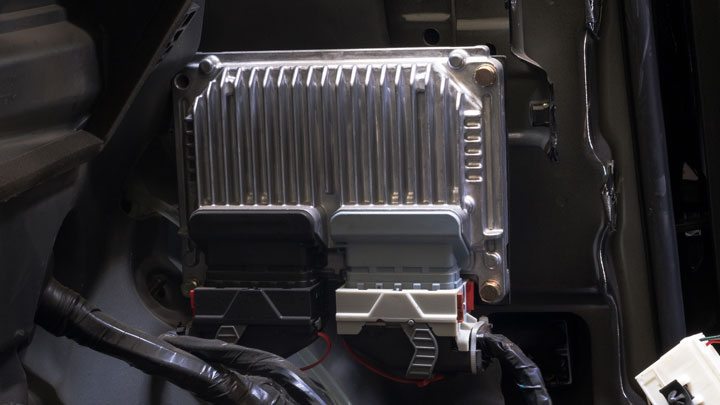
Diagnostic trouble code U0100 can be caused by a number of individual issues, most of which vary significantly in severity. Understanding each of the potential causes of DTC U0100 can prove helpful when attempting to diagnose the issue at hand.
The following are several of the most common causes of DTC U0100.
- Faulty ECM, TCM, or other network modules
- “Open” wiring within CAN-bus network
- Grounded or shorted wiring within CAN-bus network
- Contact defect related to one or more CAN-bus network connectors.
Is Code U0100 Serious?
Diagnostic trouble code U0100 is generally considered to be extremely serious in nature. This is due to the fact that such a condition can cause a vehicle to stall at random, or can prevent a vehicle from starting, thereby leaving an unfortunate motorist stranded.
In most cases, immediate diagnosis and repair of the root cause of DTC U0100 will be required, as vehicle drivability will be hindered severely. If an issue of this nature occurs, only to seemingly fix itself, do not be lulled into a false sense of security. This issue will almost certainly reoccur, like when least expect.
In any event, the root cause of DTC U0100 should be diagnosed and repaired as soon as possible. This prevents the risk of hazardous stalls, or becoming stranded. If you do not feel comfortable addressing such concerns on your own, make an appointment with a trusted service center at the first available opportunity.
How to Fix Code U0100
The following steps can be used to assist in diagnosing and repairing the root cause of a vehicle’s U0100 fault code. As always, one should also consult a factory-specific service manual for their particular make and model of vehicle, before attempting any such repairs.
#1 – Check For Additional DTCs
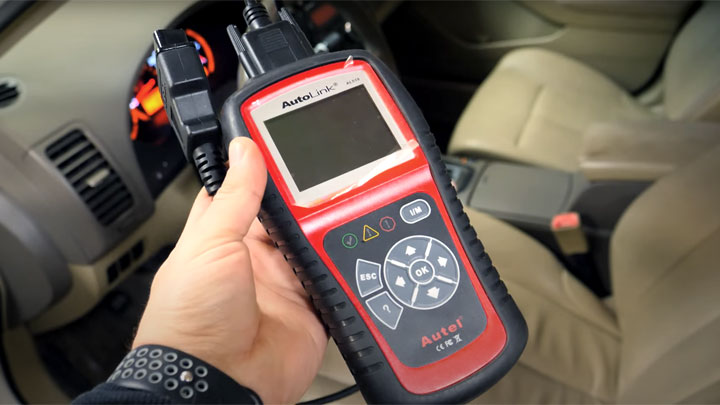
Before beginning the diagnostic process, use a quality scan tool to check for the presence of additional fault codes. If any such fault codes are present, thoroughly diagnose each before proceeding.
#2 – Inspect PCM Circuit Wiring
Begin the diagnostic process by Carefully inspecting a vehicle’s wiring harness, in relation to the PCM itself. Check For broken/frayed wires, or any wiring that appears to be compromised by corrosion.
#3 – Check PCM Connectors
Next, check each connector located along the body of your vehicle’s PCM. Make sure that all wires are secure within their respective terminals, and that no pin-related damage is evident.
Likewise, one should also check for any signs of corrosion within each connector. Any issues of this type should be corrected before proceeding.
#4 – Check Battery Voltage
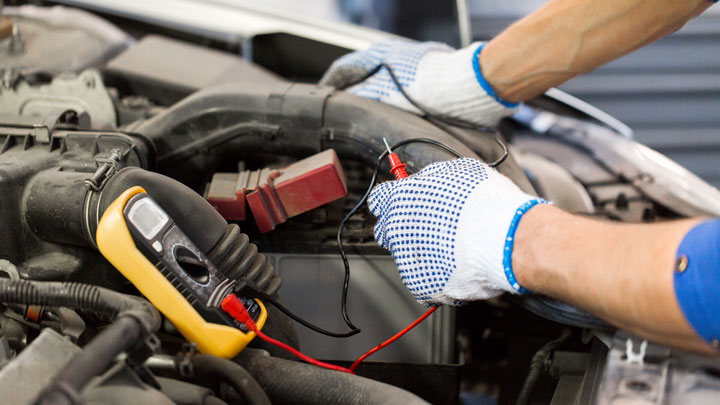
As simple as it sounds, it is also extremely important to check a vehicle’s battery voltage, when combating U0100 related issues. At rest, a fully charged battery should carry a charge of approximately 12.6 volts.
#5 – Inspect PCM Positive/Ground Supply
With the help of a model-specific wiring diagram, locate the positive and ground supplies for your vehicle’s PCM. Use a digital multimeter to verify the presence of both positive and ground signals, with the vehicle’s ignition turned to the “on” position.
#6 – Analyze PCM
If steps #1-#6 have failed to uncover the source of the U0100 diagnostic trouble code, there is a significant chance that your vehicle’s PCM has in fact failed. In this case, replacement will be necessary.
Many PCMs must also be “flashed” with a manufacturer’s software, to facilitate proper use. This typically requires a trip to your local dealership.

